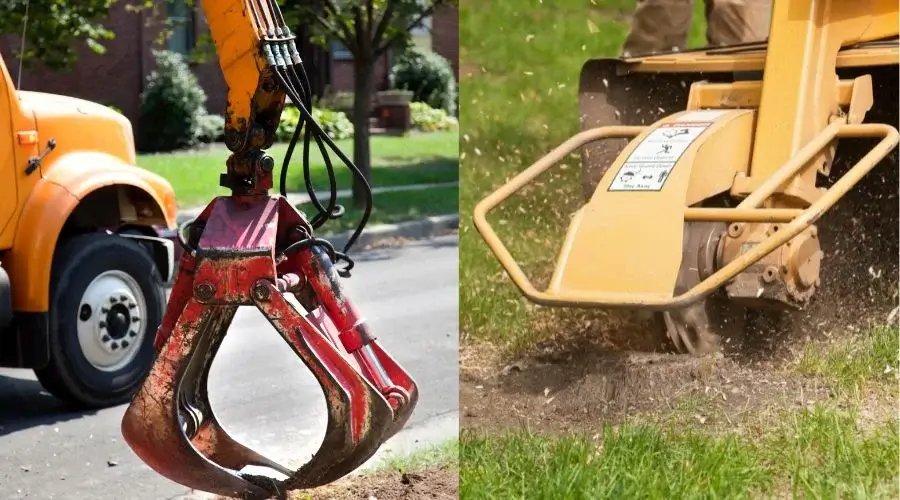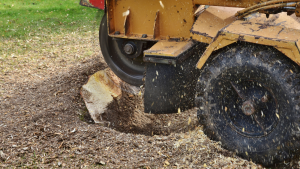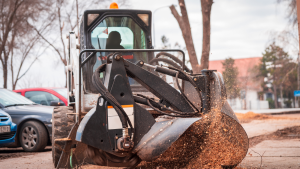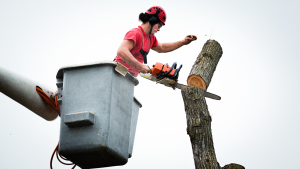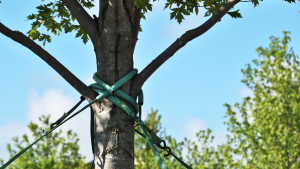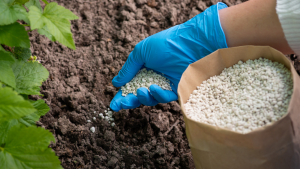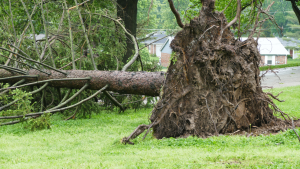So, you’ve had a tree removed, and now you’re left with an unsightly stump in your yard. You’re eager to restore your outdoor space to its former glory, but you’re faced with a dilemma: should you opt for stump removal or stump grinding? In this article, we’ll delve into the pros and cons of each method to help you make an informed decision.
Stump Removal
Pros:
- Complete Removal: Stump removal involves extracting the entire stump, including its roots. This method eliminates any chance of the tree regrowing, ensuring a clean slate for landscaping.
- Aesthetic Appeal: After stump removal, you’re left with a smooth, stump-free surface, making it easier to plant grass, flowers, or other landscaping features. Your yard looks neater and more visually pleasing.
- Reduced Risk: Since the entire stump is gone, there’s no risk of tripping or damaging lawn mowers by hitting a hidden stump below ground level.
Cons:
- Labor and Time-Intensive: Stump removal is a labor-intensive process that can be more time-consuming and costly compared to stump grinding. It often involves excavation equipment and significant manual effort.
- Disruption to Landscaping: The process can disrupt your existing landscaping, as it requires digging and can potentially damage nearby plants and features.
- Deeper Impact: Stump removal can lead to a larger hole in your yard, which may need to be filled with soil and sod, increasing the overall cost and effort.
Stump Grinding
Pros:
- Efficiency: Stump grinding is a faster and less labor-intensive process. It involves using a grinder machine to chip away at the stump until it’s ground down to wood chips and sawdust.
- Minimal Disruption: Stump grinding is generally less disruptive to the surrounding landscape. The grinder machine can access stumps in tight spaces, and there’s no need for extensive digging.
- Cost-Effective: Stump grinding is often more cost-effective than complete removal, making it a popular choice for those on a budget.
Cons:
- Partial Removal: Stump grinding leaves the roots of the tree in the ground, which means there’s a slight chance of regrowth. However, this is usually minimal, and it may not be a concern for most homeowners.
- Aesthetic Considerations: While stump grinding eliminates the visible part of the stump, you’re left with wood chips and sawdust that need to be cleared. These remnants can be used as mulch or topsoil but may not be as visually appealing as a completely smooth surface.
- Limited Uses for the Area: After stump grinding, you can’t immediately plant a new tree in the same spot. The residual wood chips and sawdust need time to decompose before the area can be effectively used for landscaping.
The choice between stump removal and stump grinding ultimately depends on your priorities and budget. Stump removal offers complete eradication of the stump and roots but requires more effort, time, and expense. Stump grinding is a quicker and cost-effective option but leaves the roots behind, with the possibility of minimal regrowth.
Consider the specific needs of your landscaping project, your tolerance for visual remnants, and your budget when making the decision. Whichever method you choose, hiring a professional stump removal or grinding service is essential to ensure the task is done safely and effectively, leaving your yard looking clean and ready for your desired landscaping improvements.
